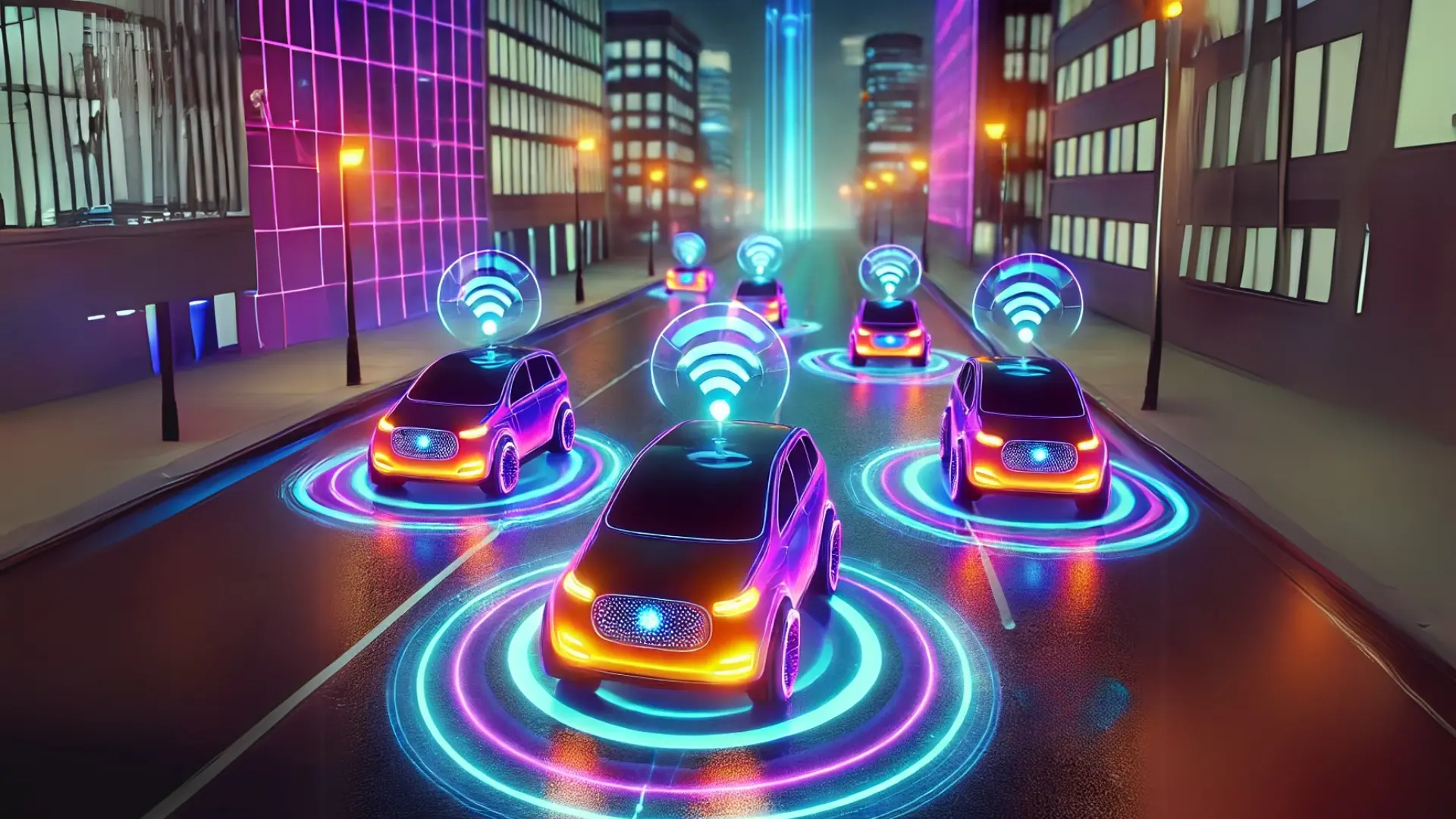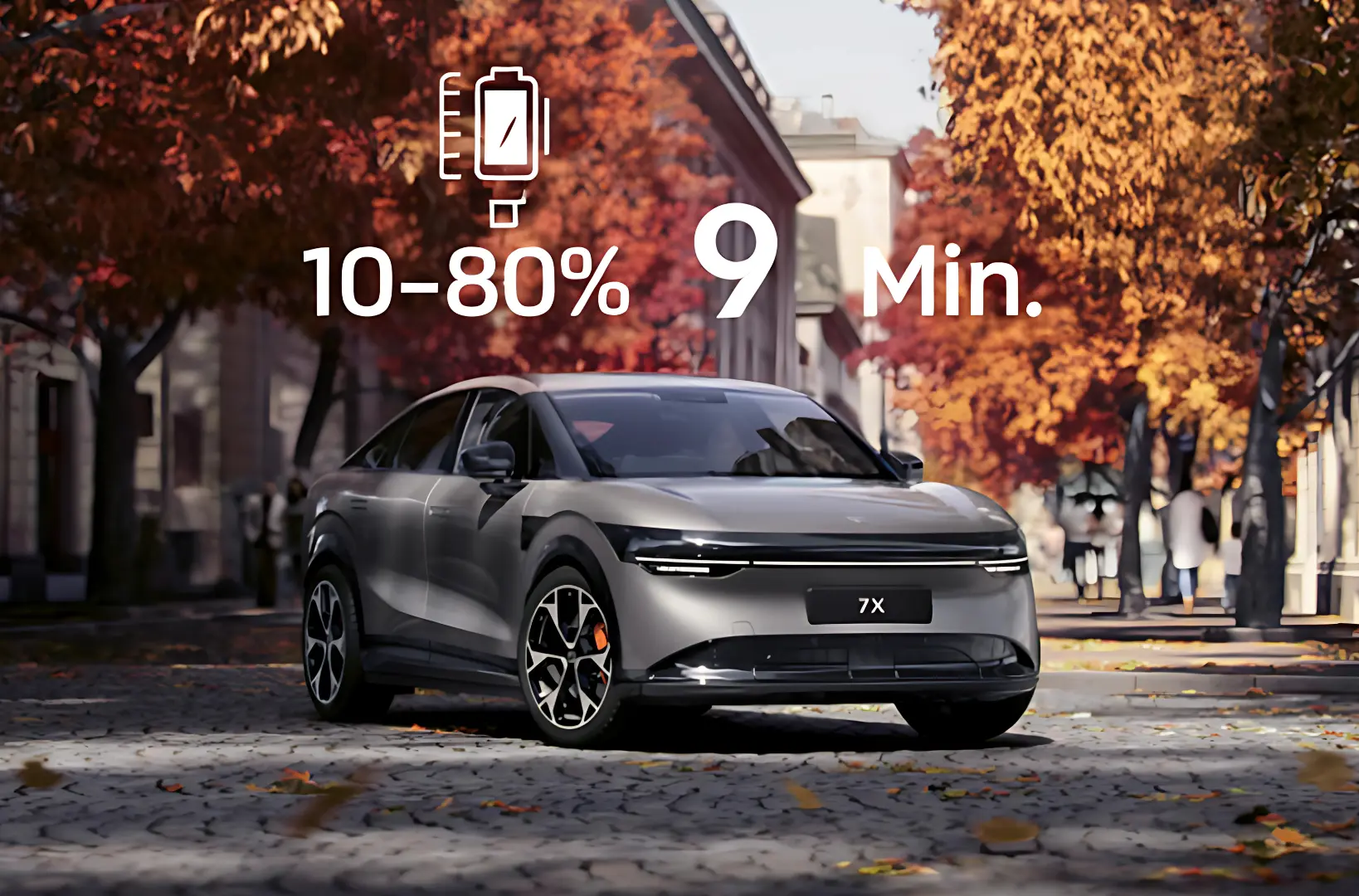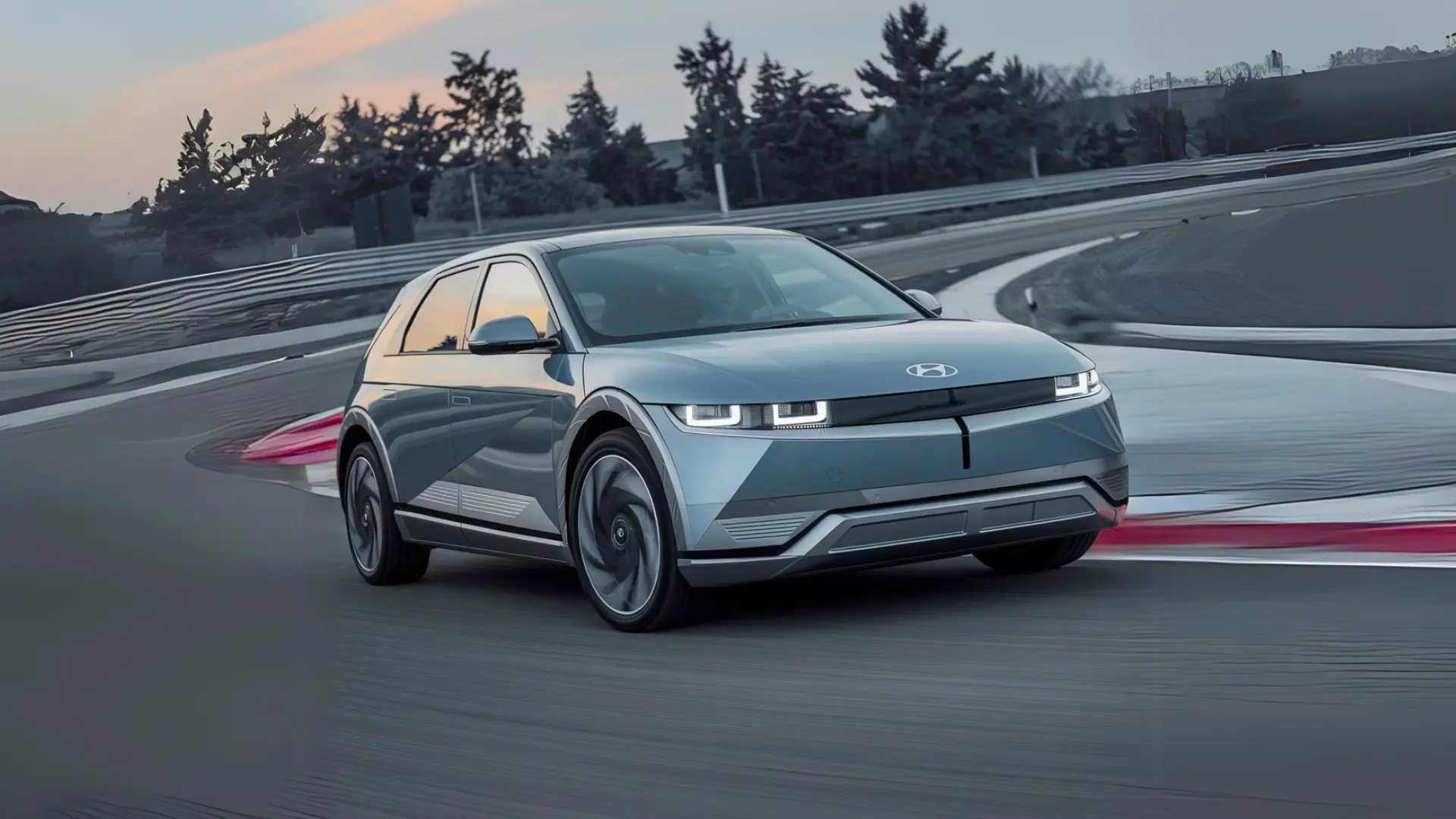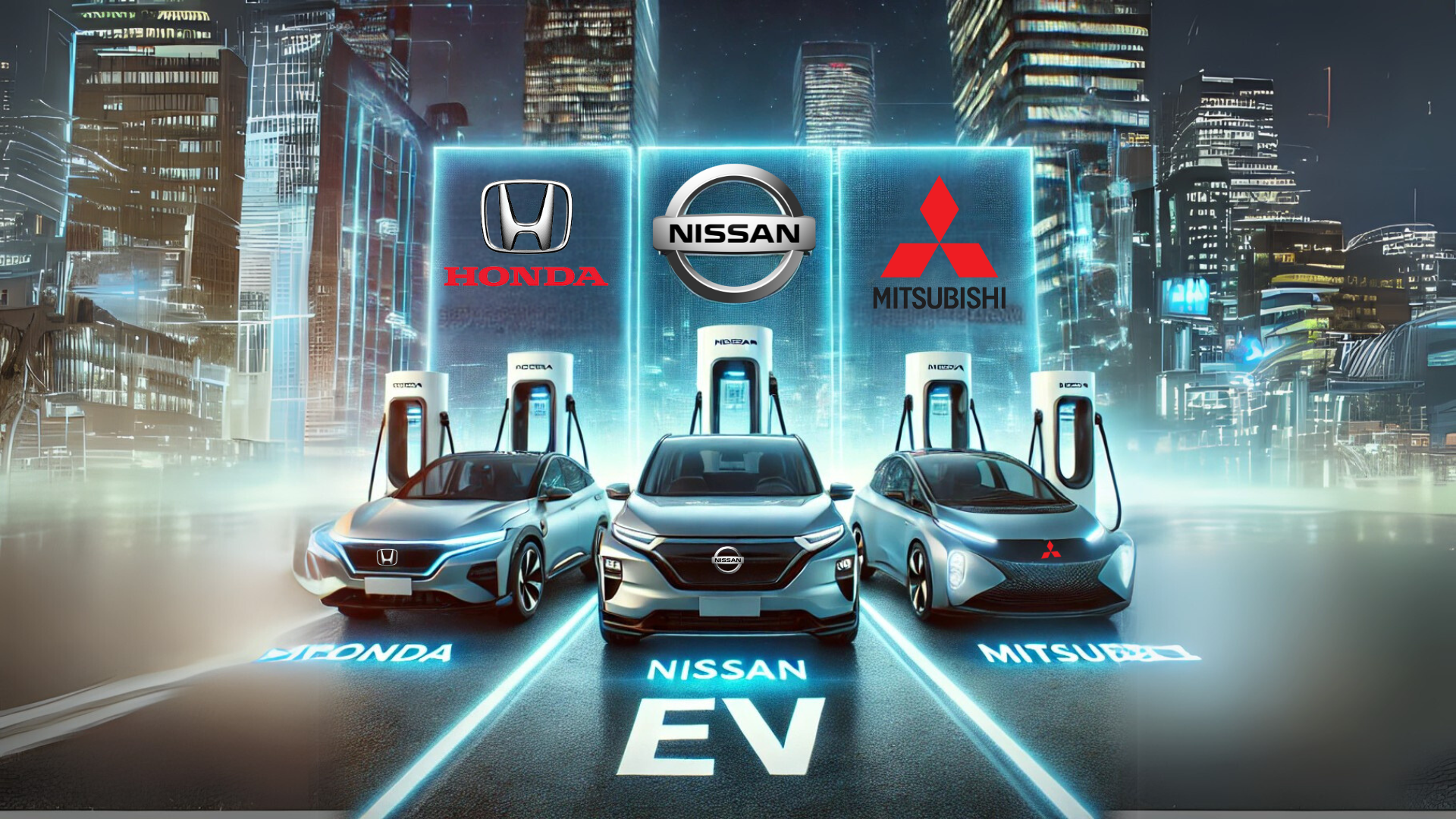Self-driving cars are no longer confined to the realm of science fiction; they are here, and they’re transforming the way we think about transportation. From the bustling streets of Silicon Valley to the futuristic roads of Shenzhen, autonomous vehicles (AVs) are not just an idea—they are becoming an integral part of our daily lives. The promise of safer roads, reduced traffic, and increased accessibility has made AVs one of the most exciting advancements in the transportation industry. However, this innovation is not happening uniformly across the globe. The development and deployment of self-driving cars are concentrated in specific regions where technology, infrastructure, and regulatory environments align perfectly.
In this post, we’ll take a closer look at the geographic hotspots where self-driving cars are thriving, why these areas are leading the charge, and what this means for the future of transportation worldwide.
The State of Self-Driving Cars Today
Autonomous vehicles are no longer a distant dream. Over the past decade, advancements in artificial intelligence, machine learning, and sensor technology have accelerated the development of AVs. Companies like Waymo, Tesla, and Cruise have achieved significant milestones, including driverless taxi services and sophisticated autopilot features.
The global autonomous vehicle market was valued at approximately $76 billion in 2020 and is projected to reach $2.16 trillion by 2030, growing at a compound annual growth rate (CAGR) of 40% during this period (Source).
Despite this progress, the adoption of self-driving cars is concentrated in regions with the right mix of resources, public trust, and government support.
Geographic Hotspots for Self-Driving Cars
Let’s explore the leading regions where self-driving cars are thriving:
- Silicon Valley, USA
Silicon Valley remains the nerve center for AV innovation. Companies like Tesla, Waymo (a subsidiary of Alphabet), and Aurora have established their research and development hubs here.
- Why Silicon Valley? The region benefits from a robust ecosystem of venture capital, tech talent, and a culture of innovation (Source).
- Key achievement: Waymo has launched fully driverless rides in the Bay Area (Waymo Blog).
- Phoenix, Arizona
Phoenix has become a testing ground for self-driving cars, thanks to its friendly regulatory environment and favorable weather conditions.
- Waymo launched its first commercial autonomous ride-hailing service, Waymo One, in Phoenix (Waymo One).
- Arizona’s government actively supports AV testing, making it a preferred destination for companies like Cruise and Nuro (Arizona Transportation Policies).
- Shenzhen, China
China is making giant strides in autonomous driving, fueled by government backing and a tech-savvy population. Shenzhen, a hub for companies like Baidu and AutoX, leads the charge.
- The Chinese government’s “Made in China 2025” initiative supports AV development (China Briefing).
- Shenzhen recently passed legislation allowing driverless vehicles on public roads, a first in the country (Shenzhen AV Law).
- Germany and the UK
Europe is also emerging as a player in the self-driving car space.
- Germany has passed laws allowing autonomous vehicles to operate on public roads, making it a leader in regulatory readiness (DW News).
- The UK is investing heavily in AV research and plans to deploy driverless vehicles by 2025 (GOV.UK AV Strategy).
Factors Driving Regional Leadership
Why do some regions excel while others lag behind?
- Regulatory Support: Governments in Arizona, Germany, and Shenzhen have introduced policies to enable safe testing and deployment of AVs.
- Infrastructure: Smart roads, advanced traffic management systems, and reliable internet connectivity are critical for AV success. For example, Shenzhen has implemented 5G-powered smart intersections (Huawei Insights).
- Consumer Readiness: Public trust is higher in regions like Phoenix, where residents have experienced the benefits of self-driving cars firsthand.
- Investment and Talent: Regions like Silicon Valley thrive due to their access to funding and a rich talent pool (Crunchbase Data).
Challenges in Scaling Autonomous Driving Globally
While progress is being made, there are significant obstacles:
- Regulatory Variability: Different countries have different traffic laws, making it challenging to standardize AV operations.
- Technological Barriers: Many regions lack the infrastructure to support AVs, such as high-speed internet and smart traffic systems.
- Ethical Concerns: Determining how AVs should respond in life-threatening scenarios remains a controversial topic (Nature Ethics Review).
- Cost: The high cost of development and deployment makes AV technology inaccessible in developing nations.
What This Means for the Future
The benefits of self-driving cars are transformative:
- Safety: Autonomous vehicles have the potential to eliminate 94% of accidents caused by human error.
- Accessibility: They can provide mobility solutions for people with disabilities and the elderly.
- Environmental Benefits: Electric self-driving cars can reduce emissions and promote greener cities.
Despite these advantages, widespread adoption will require overcoming the challenges mentioned earlier. As technology matures and costs decrease, we can expect broader implementation across more regions.
Conclusion
Self-driving cars are having a transformative moment, but their widespread adoption is still a work in progress. While some regions are already seeing autonomous vehicles on the road, the rest of the world still faces many challenges—from varied regulations and infrastructure gaps to public trust and technological barriers. The success stories emerging from hotspots like Silicon Valley, Phoenix, and Shenzhen offer a glimpse of the future, but for autonomous vehicles to become a common sight on roads worldwide, global collaboration and investment are essential. As governments, businesses, and consumers work together to address the challenges, the benefits of self-driving cars—such as enhanced safety, mobility, and sustainability—could soon reach a global scale. The future of transportation is bright, and self-driving cars are at the forefront of this evolution. Let’s stay tuned for what’s to come as this technology continues to shape our world.
Stay informed about the latest developments in self-driving car technology. Share this article to spark discussions about how autonomous vehicles will shape the future of mobility.
Wanna know about Fake Shifting feature of Hyundai Ioniq 5 N read this blog!

Jahanzaib is a Content Contributor at Technado, specializing in cybersecurity. With expertise in identifying vulnerabilities and developing robust solutions, he delivers valuable insights into securing the digital landscape.








